We use cookies to improve the services we offer you. By continuing to browse this site, you consent to keep them in accordance with our Privacy Policy.
×We use cookies to improve the services we offer you. By continuing to browse this site, you consent to keep them in accordance with our Privacy Policy.
× 2,733
2,733
 7 min
7 min
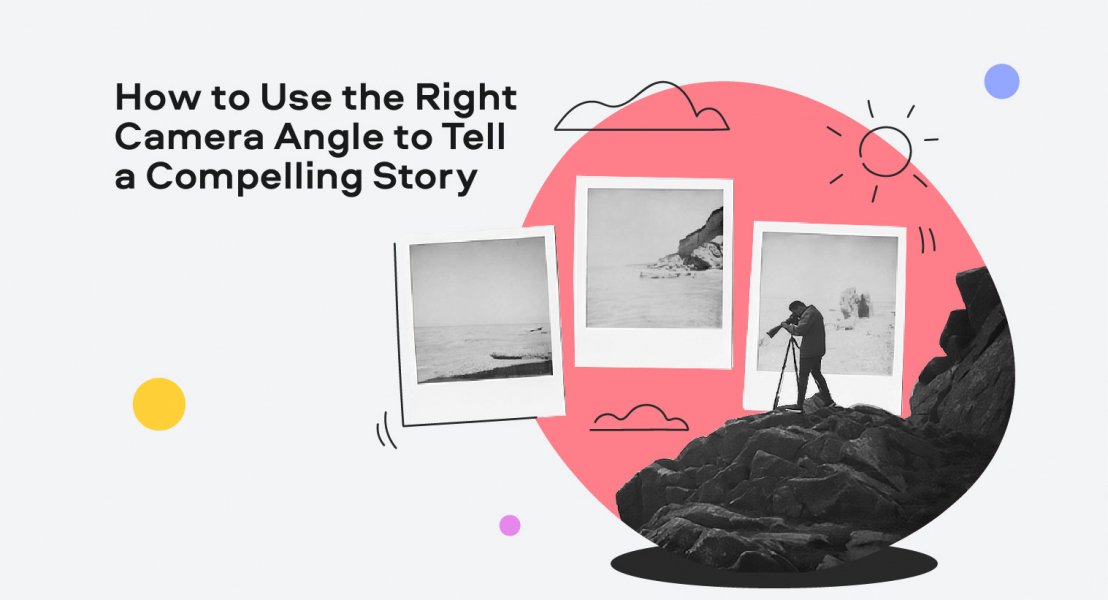
As a filmmaker, it’s easy to become overwhelmed by options: What camera do I choose? What focal length, exposure, aperture? How do I light the shot?
There are many ways to change the “feel” of a shot. A scene shot in POV feels wildly different from a still, wide angle frame. Changing the camera angle, and therefore the perspective of the viewer, can wildly change the story told. This concept is demonstrated very neatly in this 1986 commercial: https://youtu.be/_SsccRkLLzU
Below, we shine a light on some of the more important camera angles you’ll want to master to capture specific tonal qualities throughout your film. This guide is meant to demonstrate the thought process behind selecting a camera angle, rather than be the end-all list. Looking for more film making skills? Check out Movavi’s guide – / 10 Steps to Becoming a Director.
Let’s jump right in.
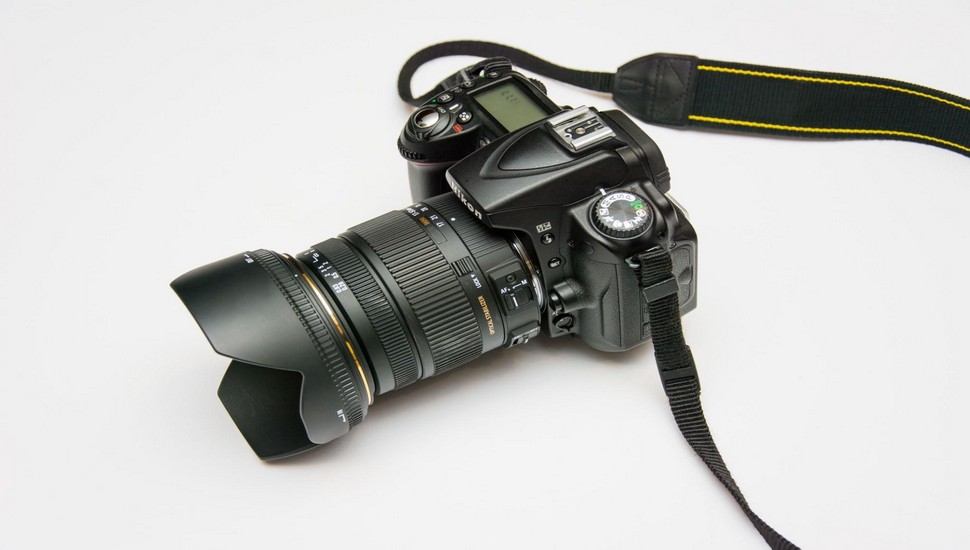
(https://www.pexels.com/photo/black-dslr-camera-on-white-surface-51383/)
In theory, there’s an infinite number of camera angles—limited only by the way you can twist and hold your camera lens, as well as the type of lens. However, there are a few specific camera angles that have become the “standard” options because of the emotion and tonality they offer to scenes.
Below we run through some of the most-used camera angles, techniques you’ll recognize being used by indie filmmakers, Hollywood big shots, and everyone in-between.
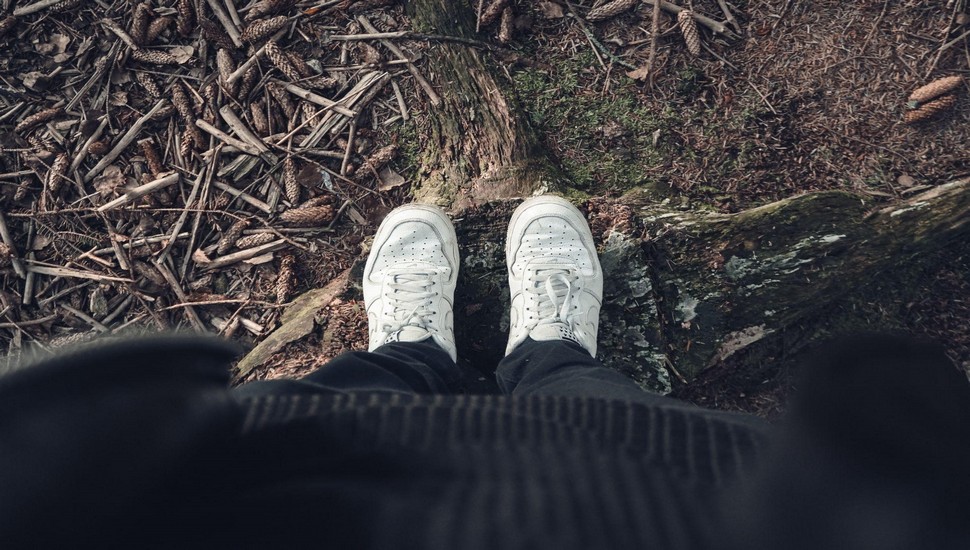
(https://www.pexels.com/photo/high-angle-shot-of-person-wearing-white-sneakers-5978371/)
The POV shot (Point of View) is a film angle used to demonstrate to the audience exactly what the character is seeing through their own eyes.
Designed to create a much more intimate kind of tone, a POV shot puts the audience inside the eyeballs of a character that they’ve been following throughout the film.
You get to watch the scene unfold through that character perspective, with all kinds of emotions heightened. It’s no surprise that this kind of angle is often used in horror films.
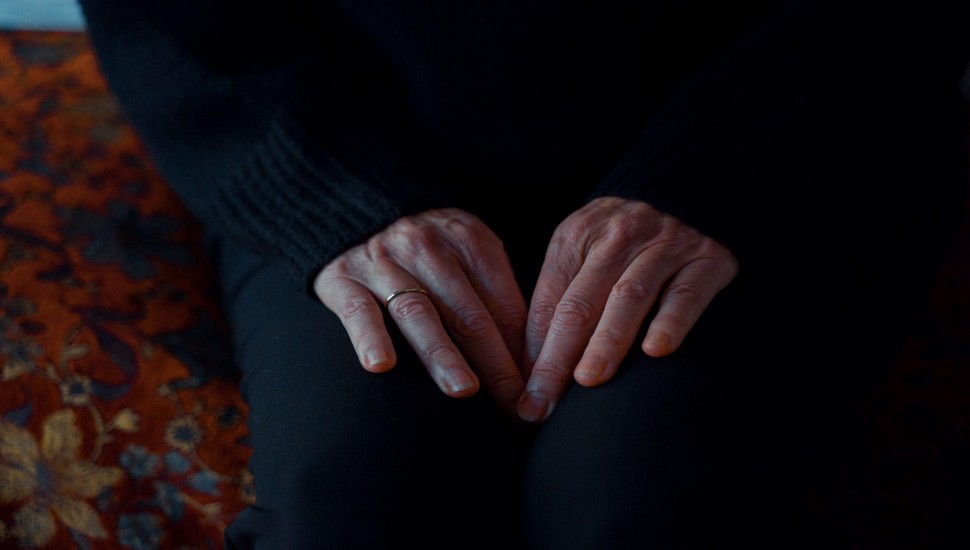
(https://www.pexels.com/photo/a-woman-hand-on-her-lap-8862299/)
Close-up shots are also designed to create a more intimate and emotionally charged scene, cranking up the energy of a shot – and almost always used to zoom in on the reaction of characters in that scene.
Extreme close-ups can also be used to draw attention to important plot elements, important objects, and can be quick cut to other types of shots to heighten suspense and the overall emotional investment of a scene.

(https://www.pexels.com/photo/unrecognizable-traveler-walking-on-sandy-coast-near-mountains-6151864/)
Few shot angles can compete with the wide-angle shot when it comes to establishing information in a film.
Often used to show an audience the environment that scenes take place in, wide-angle shots can also be used to ramp up feelings of scale, insignificance, or highlight the overall beauty and cinematography of a particular shot.
Legendary director John Ford played a lot with wide-angle shots in his western films, giving a sensation of scope and scale to those pictures that would have been difficult to pull off otherwise.
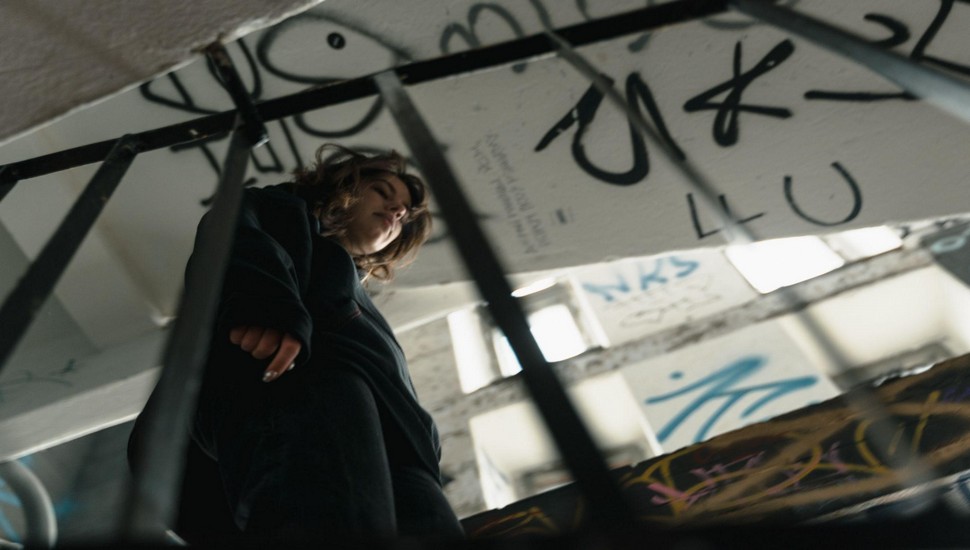
(https://www.pexels.com/photo/low-angle-shot-of-a-woman-in-black-top-walking-down-the-stairs-7231490/)
Dutch angle shots (sometimes called the Dutch tilt) add a lot of disorientation and visual interest into a shot.
Alfred Hitchcock played around a lot with Dutch angles. Modern thrillers and action movies also like to introduce a Dutch shot to show (rather than tell) the audience that things have started to go a little sideways in the story.
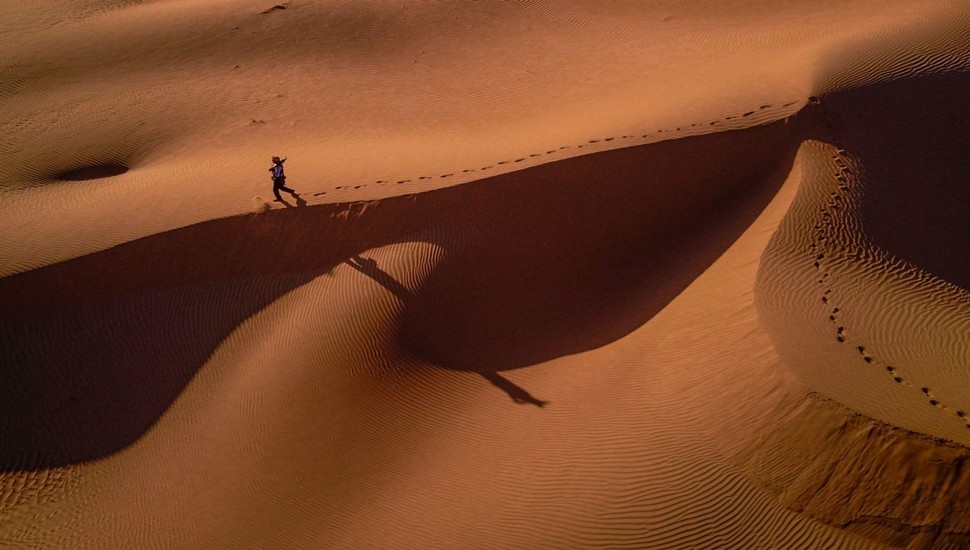
(https://www.pexels.com/photo/person-walking-on-desert-847400/)
Overhead shots and aerial shots can be used to show scale, movement, and work well as establishment shots as well.
Almost every big-money Hollywood blockbuster (particularly the latest run of Marvel movies) uses overhead and aerial shots – often stock shots – to add a sense of scale and grounding to their films.
Truth be told, asking “what camera angle is best for my story” is the wrong question; instead ask what camera angle is best for the individual scene—and how it fits into the narrative you’re building.
Learning how to use the right camera angle to tell a compelling story – flipping from a high angle shot on filming to a low angle shot on filming the same scene, for example – really comes down to the emotion of a particular scene and what you want the audience to feel. Some of this will be dictated by director and cinematographer style. Some of it will be dictated by the script itself and what the scene is calling for specifically.
A lot of shot selection, though, comes down to experimentation and almost “gut feeling.”
It’s never a bad idea (particularly as a new filmmaker or director) to play around with different shot angles (https://www.movavi.io/camera-shots-and-angles/) as you go through your scenes.
Sometimes, more out-of-the-box angles for the kind of emotion you’re looking to convey can elevate a scene well beyond what the “tried-and-true” shot would have been capable of.
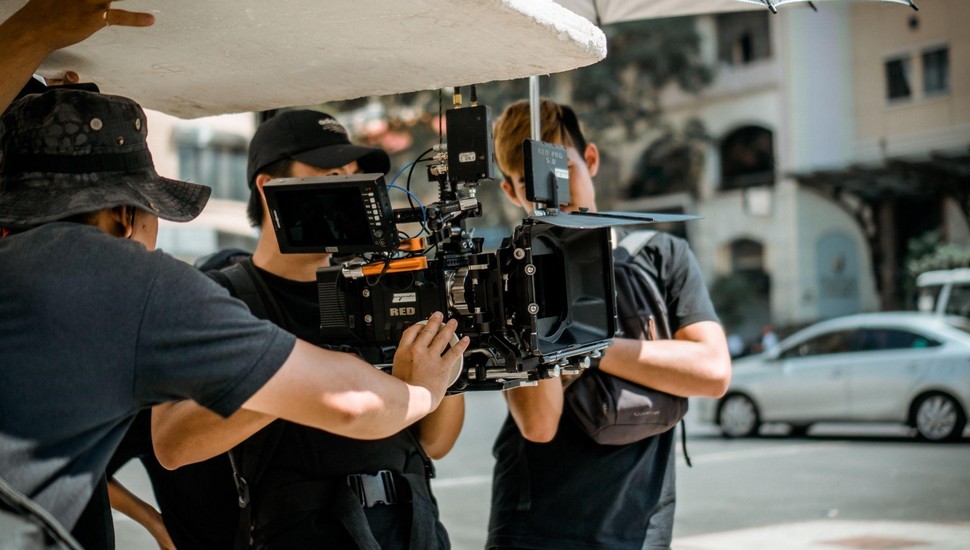
(https://www.pexels.com/photo/photo-of-man-holding-camera-3062541/)
At the end of the day, telling stories through film involves a lot more than the script or how the actors are delivering that material.
Framing your shots, angling your shots, and editing your film all have an outsized impact on the finished product. Shoot as much “raw material” with many angles as you can, and you’ll have everything you need to put something really special together – matching (highlighting) the tonality you were shooting for.
Getting the tone of your film right is only one piece of the puzzle when it comes to producing a movie—having the time, equipment, and manpower to experiment can get resource intensive quickly. Check out our partner, The Film Fund, who has given away tens of thousands in funding to filmmakers like yourself. Enter their contest today!
Looking for more information on film production? Check out this article about 10 essential film cuts.